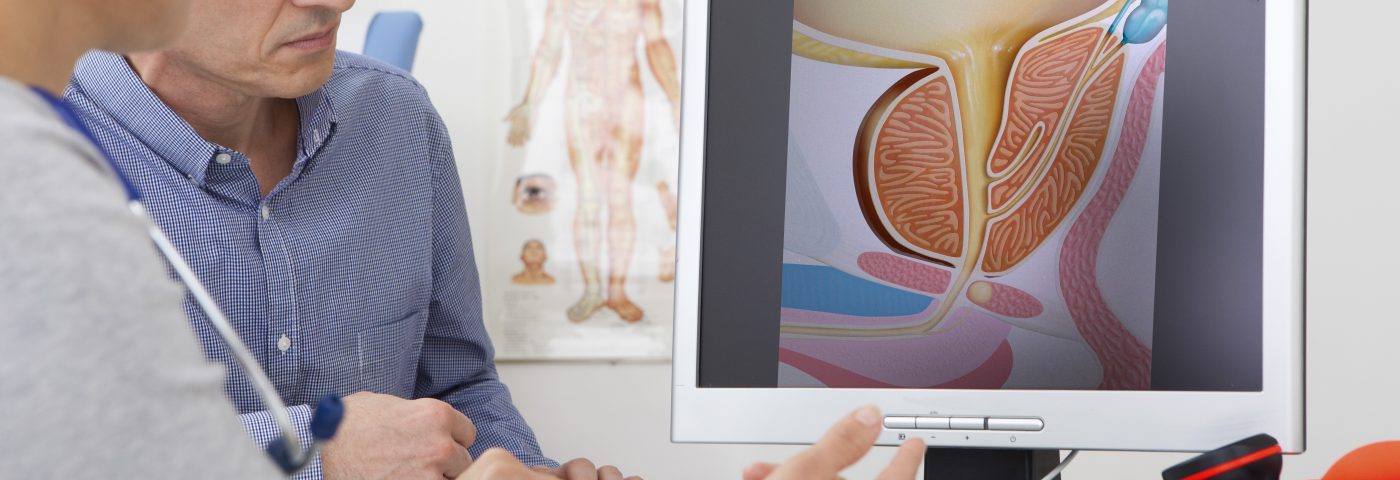Bleeding is common between 48 hours and 30 days of bipolar TURP surgery for an enlarged prostate, according to a study in Hong Kong.
Enlarged-prostate — or benign prostatic hyperplasia (BPH) — patients who take platelet aggregation inhibitors (PAIs) are at higher risk of the post-operative bleeding, which doctors call secondary hemorrhage, researchers said.
The study, “Secondary Hemorrhage After Bipolar Transurethral Resection And Vaporization Of Prostate,” was published in the journal Urology Annals.
TURP is invasive, and significant complications can occur after the surgery.
Monopolar TURP is the gold standard in BPH surgery. Bipolar TURP is a modification of the technique aimed at decreasing the side effects, such as bleeding.
One of the most common symptoms associated with TURP is secondary hemorrhage, which the study’s authors defined as “bleeding between 48 hours and 30 days post-surgery requiring hospital attendance with or without admission.”
Before their study, it was unclear how much secondary hemorrhage occurred in bipolar TURP and what were the risk factors associated with the bleeding.
To find out, the research team looked at 316 patients who had one of three forms of bipolar surgery to treat BPH: bipolar TURP, bipolar vaporization of the prostate, and hybrid bipolar TURP/vaporization of the prostate.
Forty-eight percent of the men had bipolar TURP, 20 percent had bipolar vaporization, and 32 percent hybrid TURP/vaporization of the prostate.
The researchers found secondary hemorrhage in 50 patients — about 16 percent. They also found a correction between patients who took platelet aggregation inhibitors (PAIs) and secondary hemorrhage.
Other factors they looked at — such as age, prostate volume, type of surgery, treatment with 5-alpha reductase inhibitors or patients being fitted with a urethral catheter before surgery — had no influence on bleeding.
“Secondary hemorrhage after bipolar surgery for BPH is a common event,” the team wrote. “The risk of its occurrence appears to be smaller when compared with its monopolar counterpart. Consumption of PAI is positively correlated with such complication.”

